Art Fairs
Why Are Gagosian, Pace, and Zwirner Signing On for the Seattle Art Fair?
Maybe the co-organizer, storied collector Paul Allen, enticed them?
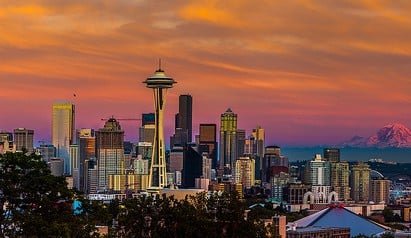
Photo: Howard Ignatius, via Flickr.
Maybe the co-organizer, storied collector Paul Allen, enticed them?

Brian Boucher

A triumvirate of the world’s biggest galleries—Gagosian, Pace, and David Zwirner—is headed to the Pacific Northwest this month for the debut Seattle Art Fair.
Though these galleries are very active at art fairs (Zwirner showed at 17 last year, Gagosian at 13, Pace at 12), they aren’t known to sign on for smaller, regional fairs like this one—Seattle has just over 60 exhibitors. (For perspective, the 2015 Armory Show, in New York, had 195 galleries on board, and the growing Expo Chicago, which started in 2012 with 100 galleries, has grown to 141 for its 2015 edition.)
These dealers typically focus on major fairs like Art Basel, Frieze, and FIAC. None of them has shown at Art Los Angeles Contemporary, which is headed into its seventh outing in 2016, or the Dallas Art Fair, which had its seventh outing this spring. Nor did they show up for the debut Silicon Valley Contemporary fair in 2014. Gagosian has not gone to Expo Chicago.
What’s more, Larry Gagosian signed on just in the last few weeks, since the announcement of the lineup for the first outing, taking place at the event center at CenturyLink Field, from July 30-August 2.
So what’s bringing the dealers off the beach and into a convention center during these prime tanning days?
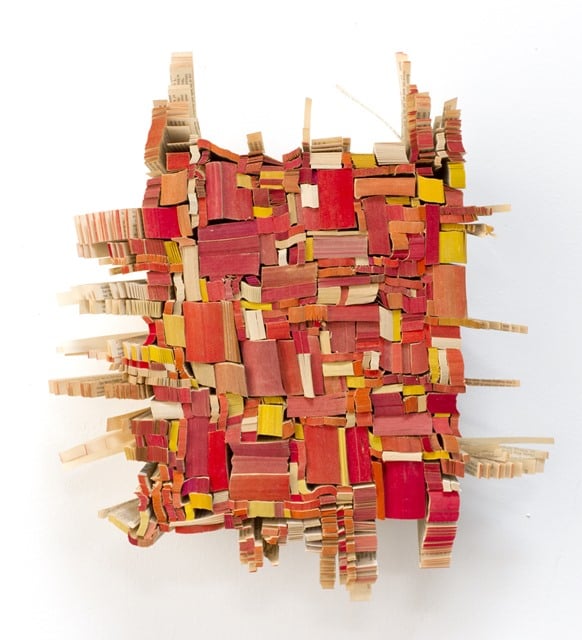
Ann Hamilton, Blood, 2014, paperback book slices, wood, bookbinder’s adhesive.
Photo: Courtesy of the artist and Elizabeth Leach Gallery, Portland.
The Seattle Art Fair is distinct from others in one important way. Microsoft co-founder Paul Allen is co-producer, via his Seattle-based company Vulcan, Inc.
Among the world’s wealthiest people, Allen is a noted art collector. The Portland Art Museum will show a group of his landscape paintings this fall by artists including Georgia O’Keeffe, Gerhard Richter, and Ed Ruscha, as well as Manet, Monet, and Turner; the show will travel to the Phillips Collection, in Washington, D.C., the Minneapolis Institute of Arts and the New Orleans Museum of Art before arriving at the Seattle Art Museum in early 2017.
artnet News contributor Blake Gopnik visited Allen’s offices for Newsweek in 2012 and spied works by Alexander Calder, Alberto Giacometti, Damien Hirst, Auguste Rodin, and Mark Rothko.
Allen is known to be have long been friendly with Gagosian; the dealer’s New York sushi restaurant, a project with Masa Takayama that opened last year, had its origins in a 1989 meal with Allen and The Band singer Robbie Robertson at Takayama’s L.A. establishment.
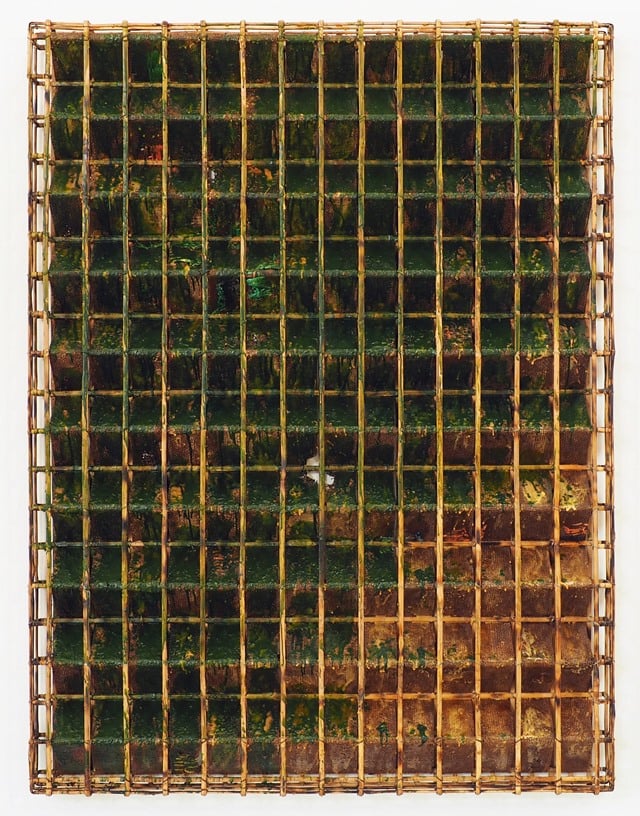
Sopheap Pich, Green Lines in Green Field, 2014, bamboo, rattan, wire, burlap, plastic, natural pigment, oil paint, beeswax, damar resin, synthetic resin.
Photo: Courtesy of Tyler Rollins Fine Art, New York.
But of course Allen is not the city’s only attraction.
“Seattle is an incredible city, very 21st-century, very prosperous and future-oriented, and with great art patronage,” said Robert Goff, a director at David Zwirner Gallery. “But not everyone there is on the international art fair circuit all the time, so the fair will provide a great way for dealers to engage with them and see what they’re looking for.”
And, Goff pointed out, “It’s high tourist time, like Miami in December. The weather is perfect then, and tons of people are in town.”
It’s not even Seattle’s first art fair. The late ’80s saw the Northwest Art Exposition, says Seattle dealer Greg Kucera, and a few years later there was ArtFair Seattle. But both were locally produced affairs, he says, with too little outreach to the rest of the world.
“They depended too much on local clientele and dealers,” said Kucera. “No gallery can be completely dependent on its zip code for its living.”
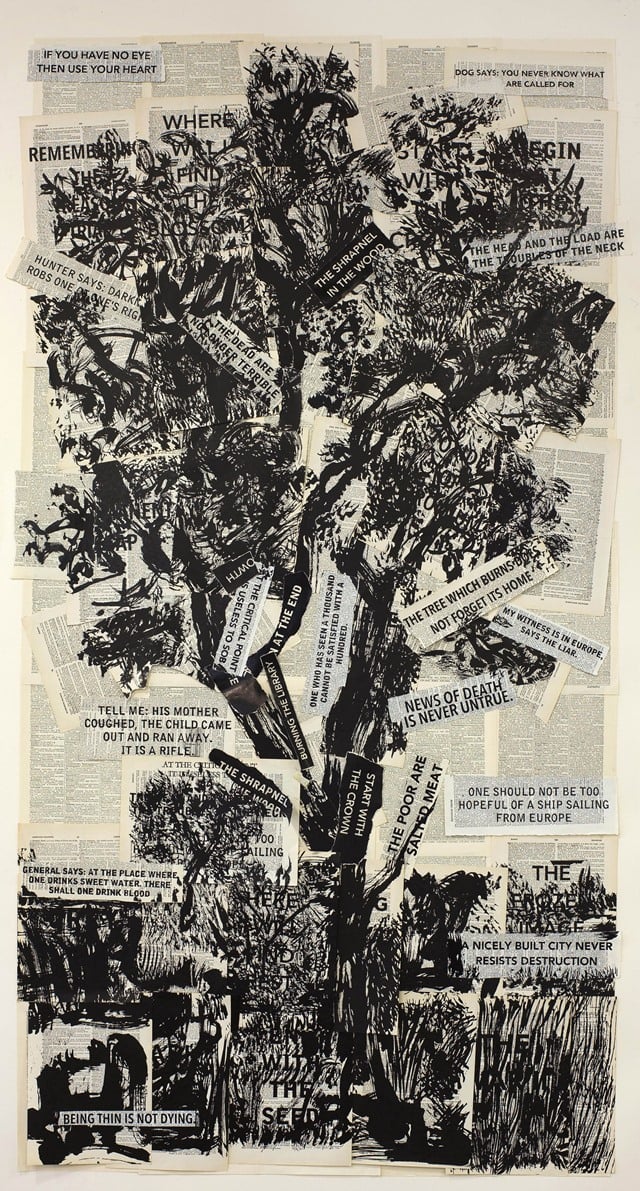
William Kentridge, IF YOU HAVE NO EYE, 2014, linocut printed on a selection of non-archival dictionary pages, collaged and attached with archival tape to a backing sheet of Arches paper.
Photo: Courtesy of Greg Kucera Gallery, Seattle.
Tech money is surely a draw for the big dealers. Amazon is headquartered in Seattle, and Microsoft is based in nearby Redmond. (Starbucks is another Fortune 500 firm based in Seattle, which raises the question, is there coffee money?) The Seattle Art Fair isn’t the first to try to dip into that well; Silicon Valley Contemporary (SVC) led the way in 2014, with 51 exhibitors, followed by Art Silicon Valley San Francisco. Pace Gallery had a Menlo Park pop-up during 2014, and showed at the second Fog Design + Art fair, in San Francisco, in 2015.
In a nod to the potential tech types, the Seattle fair features some digitally focused dealers, like New York’s bitforms, who, along with 101/Exhibit, from Los Angeles, will present high-tech projects in a sector called the Creative Lab. Pace will show teamLab, a Japanese digital artists’ collaborative.
But while Paul Allen may be a standout example of a tech mogul turned collector, dealers believe collectors like Allen are still something of a rarity.
“They’re unicorns,” said Kucera. “You might spy one in the forest but you rarely get to ride it.” Kucera said he’s been hoping for an influx of tech collectors for decades, but they haven’t materialized. “There are some terrific collectors in that field, like Jon Shirley, Paul Allen, Bill Gates, and Ida Cole” he said, “but few have followed their lead.”
Seattle art consultant Stacie Feinstein sees it the same way; she told the Seattle Stranger‘s Jen Graves that “the common Amazonian wants a flat-screen TV,” not art.
Douglas Chrismas of Ace Gallery Los Angeles is a bit more optimistic. He told artnet News during a phone call that his experience at the first SVC was “extremely positive,” suggesting that a broader bitcoin crowd is ready to patronize the arts.
But tech isn’t the only industry in Seattle, a city of over three million people.
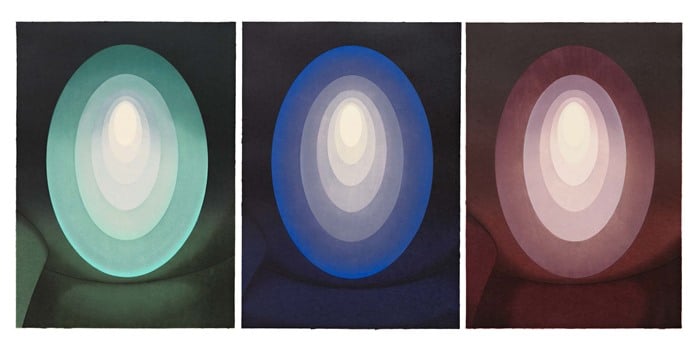
James Turrell, Suite from Aten Reign, 2014, suite of three Ukiyo-e Japanese-style woodcuts with relief printing.
Photo: Courtesy of Richard Levy Gallery, Albuquerque.
“If Chicago can have a fair, and Dallas, too, why not Seattle?” asked Wendy Cromwell, art advisor and principal of New York’s Cromwell Art, by email to artnet News. She noted that many fairs have deep-pocketed sponsors, such as UBS in Basel, Deutsche Bank for Frieze, and Northern Trust for Expo Chicago, though, distinct from Chicago, those are all corporations, not individuals.
She also pointed out that before the tech money arrived, there was a heritage of prominent Seattle families who have patronized area institutions like the Seattle Art Museum (established in 1933). Seattle is also home to the Henry Art Gallery at the University of Washington; exhibitions by Ilse Bing, Martin Creed, Hiroshi Sugimoto, and others will be on view at the Henry during the fair.
No fewer than 13 galleries, about a quarter of the roster, are from Seattle, including several who have done business there for decades; there’s G. Gibson Gallery, whose doors have been open since 1991; Linda Hodges Gallery has been operating there since 1983, as has Kucera; James Harris Gallery was founded in 1999. The fair has also drawn several Asian galleries—Kaikai Kiki and Koki Arts, both from Tokyo, along with Gana Art of Seoul and Osage Gallery from Hong Kong—and newer galleries like Season, also of Seattle.
Along with Vulcan, the fair is organized by Art Market Productions, which also runs fairs like Art Market San Francisco and Miami Project. Art Market Productions managing partner Max Fishko is serving as director.
Debut fairs are not always expected to be big sales events, dealers often say, but rather opportunities to start to build relationships with new clients. Goff’s expectations are higher than that. “We definitely do expect to sell work. Will it be as crazy as Art Basel in Miami Beach? Probably not. But we’re binging very good works by a cross section of young and established artists, from Oscar Murillo to Dan Flavin, Donald Judd, and Yayoi Kusama. We’re taking Seattle and its collectors very seriously.”